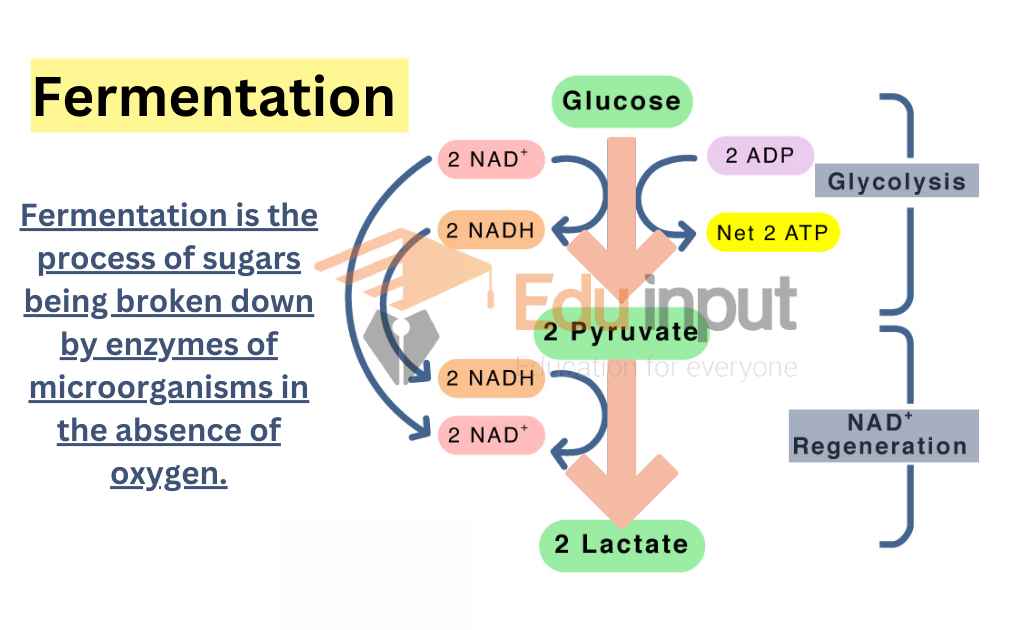The Human Genome Project-Goals, Methods, and Applications
The Human Genome Project (HGP) was an international scientific research project to determine the base pairs that make up human DNA, and of identifying, map, and sequencing all of the genes of the human genome from both a physical and a functional standpoint.
It started in 1990 and was completed in 2003. It remains the world’s largest collaborative biological project.
In 2011, the US government began planning for the Human Genome Project (HGP), and in the same year the project officially launched. It was declared completed on April 14, 2003, but only included 85% of the genome.
The Human Genome Project is a great effort. It was founded by the US government. Now U.S. pharmaceutical companies are trying to map the lead in chromosomes. Many non-profit and prof biochemical laboratories are now involved in this project.
Goals Of Human Genome Project
This project has two primary goals:
Construction Of A Genetic Map
The first goal is to construct a genetic map of the human genome. The sequences of genes are shown along the length of each type of chromosome. The DNA sequence of human chromosome no. 22 was completed in 1999. This is the smallest human chromosome. It shows how genes are arranged along an entire vertebrate chromosome.
The entire human genomes were published in 2001. After that, scientists started studying the sequences of human chromosomes. The human genome project provided unprecedented information in Biology. The human genome is 25 times larger than any other genome sequenced so far. The map for each chromosome is presently incomplete.
In many cases, scientists rely on RFLPs. The particular RFLP and a defective gene often inherit together. Thus RFLPS sites pinpoint disease-causing genes. For example, restriction enzyme cuts DNA at a unique site in the person affected with Huntington’s disease. The test for Huntington’s disease relies on this difference from
Construction Of A Base Sequence Map
The second goal is to construct a base sequence map. There are three billion base pairs in the human genome. It will take 200 volumes of an encyclopedia, each with 1000 pages, to list all of these. This goal has been achieved and all the chromosomes have been sequenced.
The base sequence of normal genes may make it possible one day to treat certain human diseases. In this case, normal genes or their protein products can be inserted in persons suffering from genetic diseases.
Method Used In The Human Genome Project
The following method is used in the human genome project:
1. The genomes are broken up into small pieces. Each piece has a 1000 to 2000 base pair.
2. PCR instruments copy the pieces many times.
3. Automatic DNA sequence determines the order of the vase pairs.
4. Computer program searches overlapping base sequences and arranges the sequenced pieces together in the correct order.
5. Instrument has been gradually improved. Recently one scientist J. Craig Venter founded a company named Celera. This company has now sequenced the entire genome.
Application Of Human Genome Project
Base sequences are studied in human genome projects. It points out the genes of different diseases. Thus it has become possible to remove the defective genes and replace them with normal genes. They can also be given normal proteins.
The Human Genome Project is an ambitious research effort aimed at understanding the chemical makeup of the entire human genetic code. Scientists will be able to identify genes that are responsible for rare and common diseases with the help of three tools developed by the project.
Medicine will pay more attention to the causes of diseases and the biological processes of the body, rather than just treating symptoms. Genetic screening is a step in the right direction as it will allow us to test for and diagnose many diseases early on.
These diseases can be prevented from progressing. It is possible to identify carriers within families with the use of DNA-based testing. If you have genetic information, you can determine if you will develop diseases. If a person with Huntington’s genes develops symptoms, this would be an example.
At 50 years of age, he may have Huntington’s disease. susceptibility may be determined for heart disease, cancer, and diabetes.
Latest Research About Human Genome Project
- Scientists have conducted a study on the need to incorporate the Saudi Human Genome and personalized medicine into the undergraduate medical curriculum in Saudi Arabia. Results showed that there is a lack of incorporation and a need to include both topics to improve the curriculum’s effectiveness. [1]
- Advancements in sequencing technology have led to the growth of genetic datasets, providing insights into disease pathology and precision medicine. However, underrepresented populations are often excluded, limiting the application of genetic scores in real-world settings. Addressing health inequity requires tackling social determinants of health and implementing policies that promote equity and reduce disparities. [2]
- Scientists have developed GenomicKB, a graph database that consolidates genomic datasets and annotations from over 30 sources. Its web-based query system allows efficient queries for scientific discoveries, facilitating data-driven genomic research. [3]
- Scientists have developed a pre-trained model called Nucleotide Transformer, which integrates data from diverse human and species genomes to accurately predict molecular phenotypes from DNA sequences. These models can focus attention on key genomic elements and improve the prioritization of functional genetic variants. [4]
Related FAQs
What does the human genome project do?
The Human Genome Project is an international research project that works on the decipherment of the sequencing of the entire genome of humans.
When was the Human Genome Project started?
It started in 1990 and was completed in 2003. It remains the world’s largest collaborative biological project.
What are the main goals of the Human Genome Project?
Human Genome Project primarily worked on the following goals:
Construction Of A Base Sequence Map
Construction Of A Genetic Map

 written by
written by 




Leave a Reply